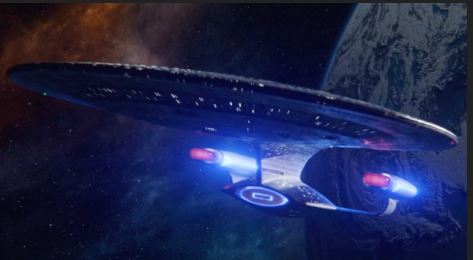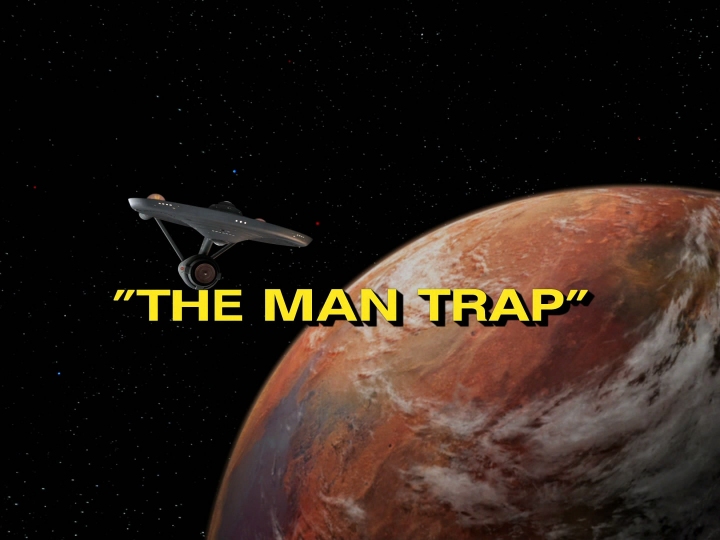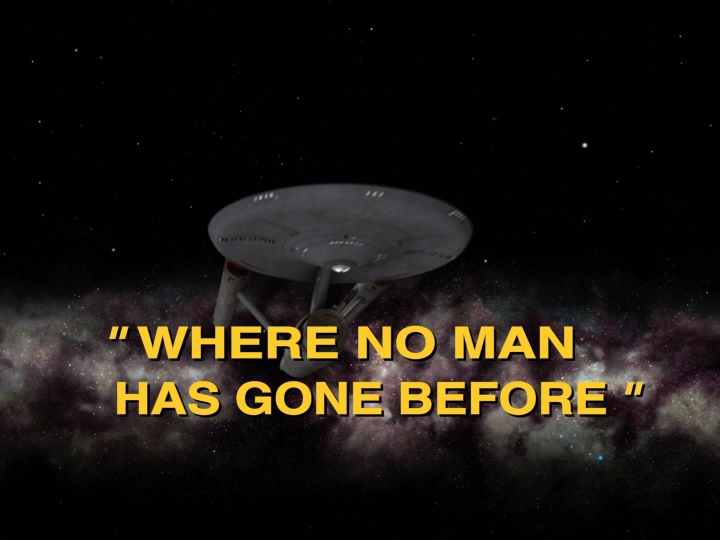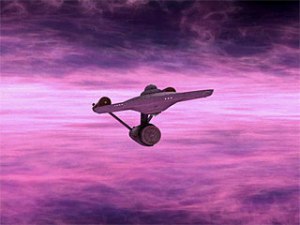Of course I must provide a caveat to the title, as this won’t be the final time I will be talking about the franchise ever, hardly that! What it means is that in terms of continuity, this is what I plan to be my final participation in covering, however distantly, any new activity in the Star Trek universe. Though there was a time where I thought, in the right hands, the series had virtually unlimited storytelling potential and need not go away, frankly it is played out, continually crushed under the weight of its own legacy.
Legacy. There’s a word circling around quite a bit these days, especially in entertainment media. It’s also a buzzword many fans are using in calling for Picard season three showrunner Terry Matalas to make another spinoff series, this one likely to follow the exploits of Captain Seven, now commanding the Enterprise 1701-G (formerly the Titan-A). We’ll forget for a moment that there was already a game called Star Trek: Legacy (a shallow but not too bad experience that tied three generations of heroes into one story). Seven of Nine was one of my favorite characters in Star Trek: Voyager, indeed she was and is an inspiration in my personal life. Of course I like the idea that her character was allowed to shelve her Borg past and reclaim her identity. Of course I think it’s a great idea to see another woman potentially get to sit center seat in another Trek series. I like that she was at least mostly brought back from her abysmal treatment in Picard seasons one and two. I also tremendously appreciate that someone with creative pull over at CBS had enough decency to not leave the Enterprise-D rotting on Veridian III, to reunite her with her crew and ultimately receive a proper retirement with her sisters. It was from that place, one of closure, where I was inspired to write this piece.
Look, it’s no secret whatsoever that I have largely detested virtually every bit of Star Trek produced under the banners of J.J. Abrams and Alex Kurtzman. I’ve written better scenes than either of them one-handed, typing into my phone’s notebook while walking along a country road in a foreign nation while trying to get away from my abusive partner. They can shove their mystery boxes into their black holes because they suck. Maybe they have other talents but producing good scripts is not one of them. Maybe in person they’re nice guys, who knows, I don’t hate them as human beings, but their work is shoddy. Also now, if you are someone who likes one of the Kelvin movies, or Discovery or Lower Decks or any other spinoff, it’s whatevs, I’m not gonna hate you for it, I’m merely going to disagree with you and direct the conversation elsewhere. Unlike the cadre of folk who love to hate new Trek because they are wearing their bigotry barely under their skin (oh you know those types, the ones who think they’re clever by dropping “woke” as an insult, obviously ignorant to its meaning, and cry foul every time they see someone not white, male, and/or straight leading their stories), I’m not interested in fostering animosity or attacking the cast and crew who did the best they could on these shows with the material they were given. The fault lies with the corporate suits, the clueless producers, and everyone else in authority who signed off on the abysmal writing and production direction that completely spat on everything the franchise had built up since the 1960s. As Angry Joe expressed so astutely during his Picard season two review, “we agree with the [progressive] message, but you [the producers of Trek] are making the message look bad!” Regardless of how you feel, one only need look to the drastic overhaul and course correction the Picard series made from seasons two to three as evidence of how far off-track the franchise had gotten, that clearly enough people among the powers-that-be noticed this and admitted through action that some serious work needed doing to win many fans back and get the show feeling at least a bit like bloody Star Trek again. Season three still suffered from too much lingering mystery box mentality, still leaned back on too much banal writing that made all of Starfleet aside from our core heroes look like morons, still relied too much on dark sets and “ooh look how actiony this is” shaky camera work, still refused to divorce itself entirely from the Abrams aesthetic, however it managed to reign everything in just enough to finally treat our legacy characters with some gorram respect. Someone in charge finally remembered that in much of spacefaring science fiction, especially Star Trek, the ships are characters too. Someone remembered how important good music is to cinematic storytelling. Someone at least remembered to pay lip service to exploring the galaxy and seeking out new life, that we may better understand our own. Someone had the decency to end their story with a sense of hope and the possibility of a better tomorrow.
That, my friends, is where I want to leave Star Trek and where I believe firmly that it ought to stay. Despite all of the attempts at revitalization, the franchise has been spinning its own wheels since Enterprise, utterly unable to escape the weight of its own history or the sheer number of conflicting ideas meddling in the same pie. Trek has always had a problem with internal consistency from jump and that will only ever keep getting worse. Virtually every kind of Trek story has been done and done to death. It never helps that the people running it can’t seem to make even one season of a new show without having to fall back on recycling legacy characters such as Kirk and Spock, and no offense to the actors who are hired, but anyone brought in to play an old character will always feel like parody to me. It’s disrespectful. Of course CBS, like all corpos, is a money hungry machine and will never leave Trek to rest. Capitalism is, after all and among so many other things, the death knell of artistic integrity. If there is profit to be made, good storytelling and a positive message must be sacrificed to the gods of capital. I don’t like it but I’m not naive. Thus, this is where my course is changed to a new direction. In my heart I will always love Star Trek (pre-CBS, mostly), but it’s time to move on. I posit that, like the Enterprise-D, let it rest while it still has some dignity, to be enjoyed by future generations while giving those same children room to tell their stories. Maybe I’m a teensy biased there, since yeah After Terra would be among those stories, but there are hundreds, thousands, millions more stories waiting in the wings, from an endlessly diverse group of human experiences. Or to sum it up another way, using Picard’s final episode as an analogy, instead of diluting an existing legacy further (Enterprise-G? Come on, even back in First Contact the Enterprise naming convention was becoming a gag) why not let the Titan get her own history to build and flourish, nurtured by the children who inherited what the heroes of the twenty-fourth century fought to save. Literally and metaphorically, that would of course mean letting go, regardless of how many dollars were at stake.
For me, it’s time to let go.
Computer, end program.








